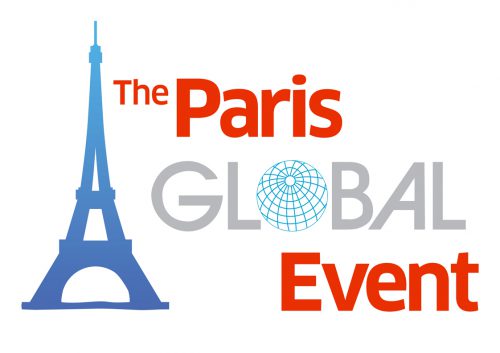
Global is delighted to have held its second Paris seminar on May 25th 2012 Below we have listed the papers that were presented and if you would like any further information, please get in touch with our contact as indicated.
Key Note Speaker: “Word-to-mouth Digital Communication” by Kristine de Valck (HEC)
(Kristine de Valck is an Associate Professor of Marketing at HEC Paris. Her research focuses on online consumer networks, consumer tribes, and the role of the Web 2.0 in co-creation, marketing, and market research. On the basis of data from an online seeding campaign, this presentation will offer insights in the various communication strategies that are employed by semi-marketers to deal with the tension between community and commerce)
fernand.wiesenfeld@mv2group.com
Discrete Choice Methodology for Line Optimization by Anne Coulter (RSG) – Canada
(Choice-based conjoint is a powerful, sophisticated methodology to use for line optimization objectives. We accomplish these objectives by measuring respondent willingness to trade-off products against each other. Clients who have used this methodology have found the technique to yield results that are more flexible and more usable in terms of being able to simulate additional scenarios beyond those that might have been anticipated that)
annecoulter@rsginc.net
Delivered and Perceived Quality : how to work them in synergy? by Fernand Wiesenfeld (MV2 Group) – France
(Customer satisfaction measurements and mystery shopping feedback are, most of the time, either not used simultaneously, or only used in parallel. This presentation will very concretely show, with the backup of a real example, how those two most important tools can work together in synergyin order to provide more strength to the diagnostic and more efficiency to the final decisions. In other words, how to make that1+1=3!!)
fernand.wiesenfeld@mv2group.com
“Pentascopio®” — An interpretative model of Brand Personality by Cristiana Valenti (MPS) – Italy
(Going beyond brand image, brand personality is the personification of a brand. It embodies human personality traits that make the brand experienced as different and unique. It is the result of all the consumer’s experiences with the brand. Based on the theory of the “Big Five”, “Pentascopio¨” detects such personality and how it develops in an ever growing competitive environment, to help a brand gain or keep a unique positioning on the market.)
c.valenti@mpsresearch.it
Service Intensity… for hearts and heads by Mark Long (BDRC Continental) – United Kingdom
(This paper will describe BDRC Continental’s proprietary approach to diagnosing the strengths and vulnerabilities inherent in any supplier-client relationship. Launched in 2011, this technique helps service organizations to understand the balance between ‘rational’ ‘emotional’ and ‘customer effort’ inputs in their customer exchanges, and tailor their servicing proposition accordingly.)
mark.long@bdrc-continental.com
Combination of classic qualitative research and the latest research technology by Balázs Kertész (Szinapszis) – Hungary
(Latest technology integrated in classical research is always sexy and attractive. But does it help us generating new insights, new data or help us finding a deeper understanding? From a multitude of possibilities allowed by the use of eye trackers we highlight a case study when an eye tracking module was integrated in a traditional focus group research.)
Kertesz.Balazs@szinapszis.hu
Harnessing the Non-Conscious Mind to Provide New Insights by Tim McPartlin (Lieberman) – United States
(This paper will describe several new techniques and tools that seek to exploit these new scientific findings; but in ways that have practical application to marketing research. These techniques are designed to help tap into the non-conscious minds of respondents to obtain reactions and evaluations that are more emotional and perhaps more valid and predictive. They include implicit techniques, emotional coding of facial reactions to stimuli and more emotionally loaded types of scales.)
tmcpartlin@lrwonline.com

